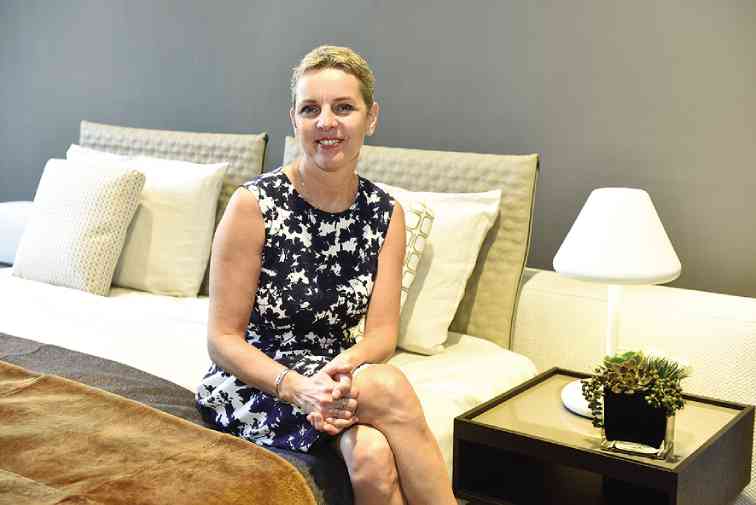MANY homes and buildings in Metro Manila have indoor lights that are too many for comfort.
This was the observation of Ulla Riemer, who heads the international training and education division of the Copenhagen-based Louis Poulsen Lighting A/S Worldwide. It manufactures a wide array of indoor and outdoor lighting fixtures.
Riemer was in Manila to launch the products of Louis Poulsen, distributed locally by Living Innovations.
In an interview at the showroom of Living Innovations in Bonifacio Global City (BGC), Riemer noted how most of the buildings she visited in Metro Manila are “much too bright, which can feel very uncomfortable.”
She explained that too many lights “can produce too much glare. It’s also very inefficient, energy-wise. One doesn’t need a large number of lights to function in a certain room, even at night.”
Strategic positioning
Riemer said all it takes is the strategic positioning of pendant lights and lamps: “In Copenhagen, most homes and offices use less lights but still, we manage to work efficiently and live comfortably.”
For a typical living room, for instance, Riemer pointed out that one needs just a ceiling lamp or small chandelier to bring some light over the coffee table. Lamps can be ensconced at the side tables of the sofa for anyone who might want to read.
“Pendant lamps can be used to light corners or for any kind of artwork or accessory a homeowner might want to highlight,” she said.
The bedroom can be lit in a similar fashion, she added. “Lamps can be installed on a side table of the bed and pendant lights again installed in a corner where one might want to do some reading or knitting. We at Louis Poulsen often work with architects and interior designers to make a home bright enough, with minimum use of artificial lighting.”
Riemer said that in most offices in Copenhagen, employees are given work spaces situated by or near windows. “With the natural light entering the work space, artificial lighting is less necessary. Having a view of the outdoors helps people work more efficiently. At home, it would work well for important rooms like the dining room to have a large window.”
For somebody who’s marketing a line of lamps and lights, Riemer is discouraging consumers from buying too many light products.
In truth, she said, Louis Poulsen wants users to enjoy the best of its products, and this can happen only if they use the lights in a more efficient and economical manner.
The products of Louis Poulsen are considered pricey in the Philippines, which is why Riemer was on hand to educate consumers on the best way to use lights.
She said, “It’s all about strategic positioning to capture the right ambiance and to save energy. It’s also about not creating any glare in the room, but making little islands of lights to create what we call human light, which involves generating soft shadows and producing a transition between light and darkness.”
Louis Poulsen has been manufacturing lighting fixtures for over a century. Its fixtures are sold at above-average prices, but Riemer said these products have a timeless look.
“A Louis Poulsen lamp isn’t just a lamp,” she explained. “It’s a family heirloom that can be passed on to the next generation. Our products blend with any type of interiors. A Louis Poulsen lamp manufactured in the 1930s looked right in the art deco setting. It also looks right in today’s modern minimalist look.”
The products of Louis Poulsen are among the European home brands being distributed by Living Innovations. Despite the high price tags, Ferdie Ong, owner of Living Innovations, is optimistic that this Danish brand would do well in the local market.
“Filipinos today are more sophisticated when it comes to brands. They buy an item because of the quality, not just for the image. And they’re discovering this kind of quality in European brands,” said Ong.









































